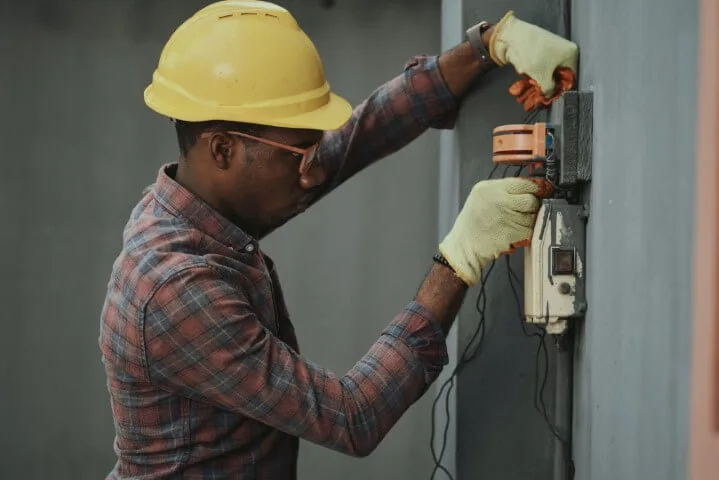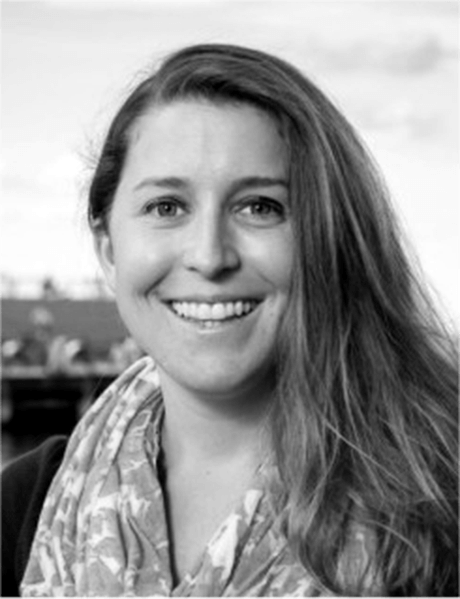Hedging The Hurricane: Inside The Growing Market For Disaster Risk Instruments
Hedging The Hurricane: Inside The Growing Market For Disaster Risk Instruments
Climate change is no longer a distant threat – physical risks are materializing now. The World Meteorological Organization (WMO) projects that global temperatures could rise 2°C above pre-industrial levels within the next five years. This level of warming will intensify wildfires, hurricanes and convective storms, further disrupting markets, inflating insurance costs and damaging critical infrastructure.
Pension funds and insurers, often seen as the canaries in the financial coal mine, are already responding to these threats. Norges Bank Investment Management, which oversees $1.8 trillion in assets, has projected a 19% loss in US equities due to physical climate risks. In response, it now treats climate risk not as a preference, but as a fundamental imperative for managing climate-adjusted returns.
Meanwhile, in high-risk areas of Florida and California, state-subsidized FAIR (Fair Access to Insurance Requirements) plans are stepping in as private insurers withdraw from the market, highlighting the strain traditional risk-sharing mechanisms face. In early 2025, the Los Angeles fires caused insurance losses of at least $44.5 billion. As the risk of climate-driven losses mounts, insurers and investors are turning to financial instruments that can help buffer or hedge against physical climate risks.
Here lies the disaster finance market: if you can name a specific peril, chances are there's a financial instrument designed to cover it:
- Catastrophe bonds, or CAT bonds, are high-yield insurance-linked securities (ILS) that transfer disaster risk from insurers to investors. They gained popularity in the 1990s to help raise money for insurance firms after Hurricane Andrew caused $15.5 billion in damages – equivalent to about $29 billion today. CAT bonds cover a range of perils, including wildfires, earthquakes, hurricanes and floods. Investors receive attractive returns, but they risk losing their principal if a pre-defined catastrophic event occurs.
- Parametric insurance, similarly, is a type of insurance solution that quickly pays out capital if an event with established parameters occurs. It covers a wide range of disasters, including hurricanes and earthquakes, as well as floods, tornadoes, wildfires and convective storms.
- Weather derivatives, typically structured as futures or options, help hedge against financial exposure to specific weather conditions. As climate change alters heating and cooling patterns, utilities and energy providers are increasingly using these instruments to manage demand volatility. For example, CME Group, a provider of weather-linked derivatives, has seen a sharp rise in contract volume since 2021.
- Subrogation claims represent the funds insurers recover from third parties deemed responsible for the damages, after compensating the insured and pursuing legal action. Following the Los Angeles wildfires, these claims are drawing increased attention and controversy, as hedge funds seek to purchase them from insurance providers. Certain funds have seen transactions worth up to $1 billion in recovery rights.
As climate change drives more frequent and intense natural disasters, financial institutions are placing greater emphasis on risk mitigation. This shift involves not only the emergence of new – sometimes ethically contentious – financial instruments, but also greater investment in technological innovation and precision. These developments open new opportunities for tech vendors focused on physical climate risk (*the upcoming 2025 Buyer’s Guide on climate financial data and analytics will showcase physical climate risk vendors with a financial lens). Thematic areas such as AI, geospatial intelligence and real-time monitoring will play an increasingly central role as institutions work to anticipate and manage escalating climate-related threats (see Verdantix Market Insight: The Next Wave Of Innovation In Climate Financial Data And Analytics).





















